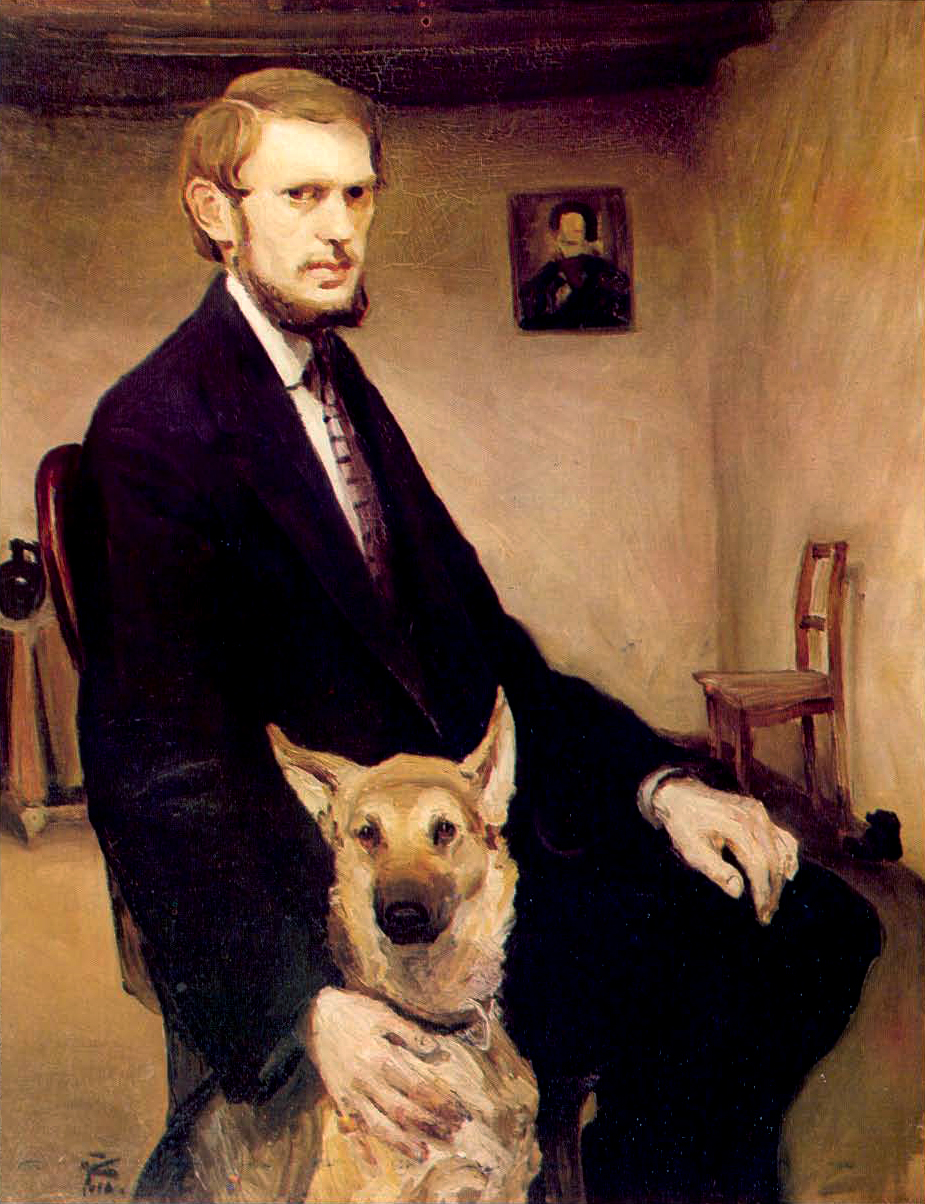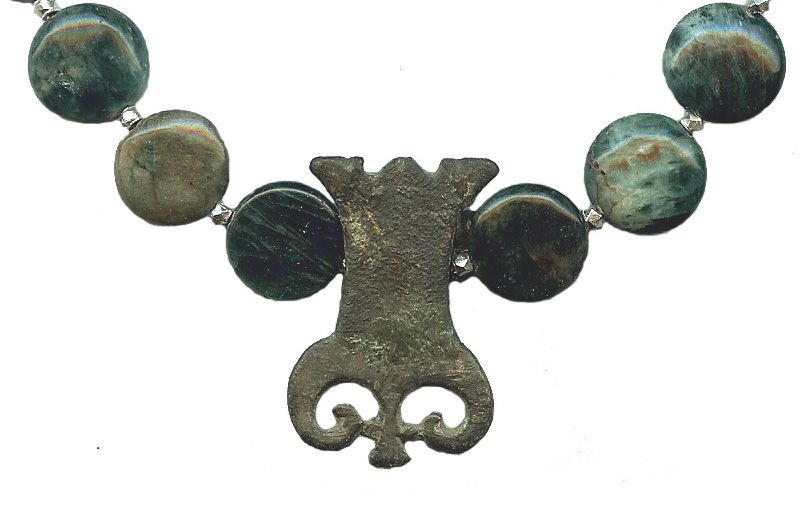Croatian art is
some of the oldest art in Europe. Certainly close enough for Greek and Roman
influence, much of the earliest pieces didn’t survive. The surviving pieces of early works
include mostly pottery and various sculptures of human and animal likenesses.
Croatian
artists did well with the Bronze Age.
The Illyrian peoples were extraordinary when it came to bronze
work. They were especially known
for bronze helmets and fibulas – no, not leg bones. That’s creepy. Fibulas were
an ancient form of a brooch, and its design is actually the predecessor of the
modern safety pin. They also used
bronze in burial ceremonies and in cremation. After bronze gave way to iron as the
modus operandi, bronze was then relegated to just jewelry and artistic
sculptures.
During the Middle
Ages, Roman Christian art and architecture was the predominant influence. Buildings, especially churches and
cathedrals, were equipped with the standard buttresses and belltowers that were
all the rage of the day. It
certainly gave the building the appearance of being strong and formidable. One
of the most iconic motifs to come out of this age is the pleter, or what is
called Croatian interlace. It’s complex strings (or etchings of multiple lines)
that twist upon itself or interweaves itself, sometimes resembling a
braid. It can be used as either an
edging or as a circular centerpiece. Most of the time, this interlace, or
wattle as it’s sometimes called, was found on and in Medieval churches and
monasteries. (Certainly would make some cool tattoos. I, myself, may develop some
of this in pin-striping our 1964 Chevy Bel Air.) The Roman style architecture
eventually waned its way into Gothic style – one of my favorite styles.
Baroque art
flourished and took off like a wildfire. Paintings and baroque-influenced art
was found everywhere: churches, public buildings, government buildings, and
palaces. And this time was important for another reason: urban planning was
beginning to really take place, with the systematic design of creating larger,
straighter streets and the idea of planning town squares as the center.
During the
1800s, the art of painting grew more prevalent, following the trending styles
of Artistic Europe. Art Nouveau, Realism, Naturalism, and Impressionism were a
few of the styles where Croatian artists excelled. Even into the 20th
century and modern times, Croatian painters, as well as sculptures and artists
of other mediums, utilized and were influenced by post-Impressionism, abstract
art, and other avant-garde forms of expressionism. A few names to know would be Miroslav Kraljević,
Oton Iveković,
Vjekoslav Karas, and Andrija Medulić
(who was the teacher of the
famed El Greco), among others.
 |
| by Miroslav Kraljevic |
Most of the
earliest pieces of Croatian literature started popping up around the 8th
or 9th centuries. Because
only a few skilled scholars were able to take on this moderately painstaking
feat, most of the written works at this time was delegated to historical
accounts, liturgical writings, and scientific works. And keep in mind as well, that written language was still
being developed. Well, and even
spoken language and grammar was also being formed into more of a standard form
to an extent. It was also a common practice to use a different language
depending on the subject matter.
Some literature at this time was written in Latin, but later medieval
prose was mostly written in either Croatian or what’s called Church Slavonic (a
variation of early Slavic that was used mostly in the church). And they also
utilized three different alphabets to write in: Glagolitic (a type of early
Slavic writing system created by Saints Cyrus and Methodius – you know, the
saints from Bulgaria who gave the Cyrillic alphabet), Latinic (the alphabet
you’re reading in right now, based off of Latin), and Croatian Cyrillic (also
called Bosnian Cyrillic in Bosnia and Herzegovina, because apparently it was
too hard to share, it’s an extinct writing system now. I wonder why.).
 |
| Glagolitic script, like a cross between Cyrillic and alchemy symbols |
One of the
biggest finds from this early period was the Baška tablet. The reason why it’s
important is that it’s the first documentation of the written Croatian
language, dating back to 1100. It
was discovered in 1851 in the paving of a church near the town of Baška on the
island of Krk. I suppose it’s
Croatia’s form of the Rosetta Stone in a way.
The
Renaissance period is when poetry and prose first started resembling styles
that we are more familiar with. And the 18th and 19th
centuries brought about a change in literature towards a more social conscience
and humanity. It was also the
beginning of Slavic literature as a whole. Lyric poetry, travel literature, prose, and drama began to
emerge as part of the Slavic literary canon.
One notable
work was written by Marko Marulić called “Judita.” This
was written as an epic poem, retelling the Biblical story of Judith, but it
also was an analogy to the Ottoman invasion of Croatia. When it comes to
novels, one book is often ranked as one of the best: The Return of Phillip Latinowicz by Miroslav Krežla. Also known for his novel On the Edge of Reason, he’s considered
one of the greatest modern writers from Croatia, not only widely read in
Croatia but around the world as well. Some literary critics have been compared
him as the Croatian version of Joyce, Proust, or Balzac. This is one of my
favorite eras and styles of literature. I think I’m definitely going to have to
try to find this book and add it to my collection.
Up next: music
and dance




